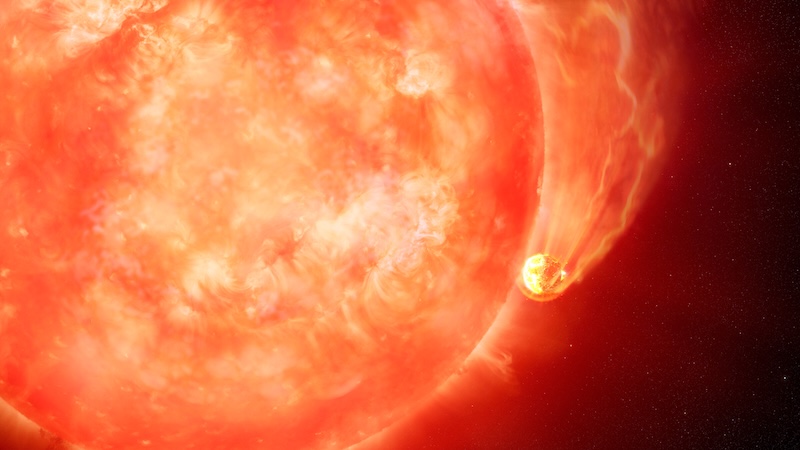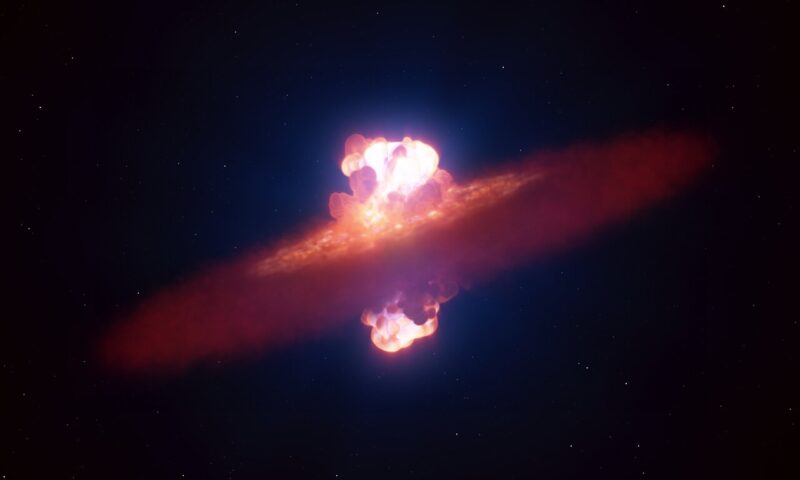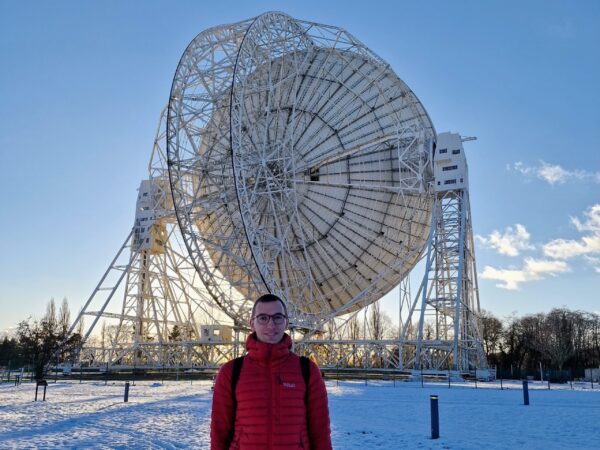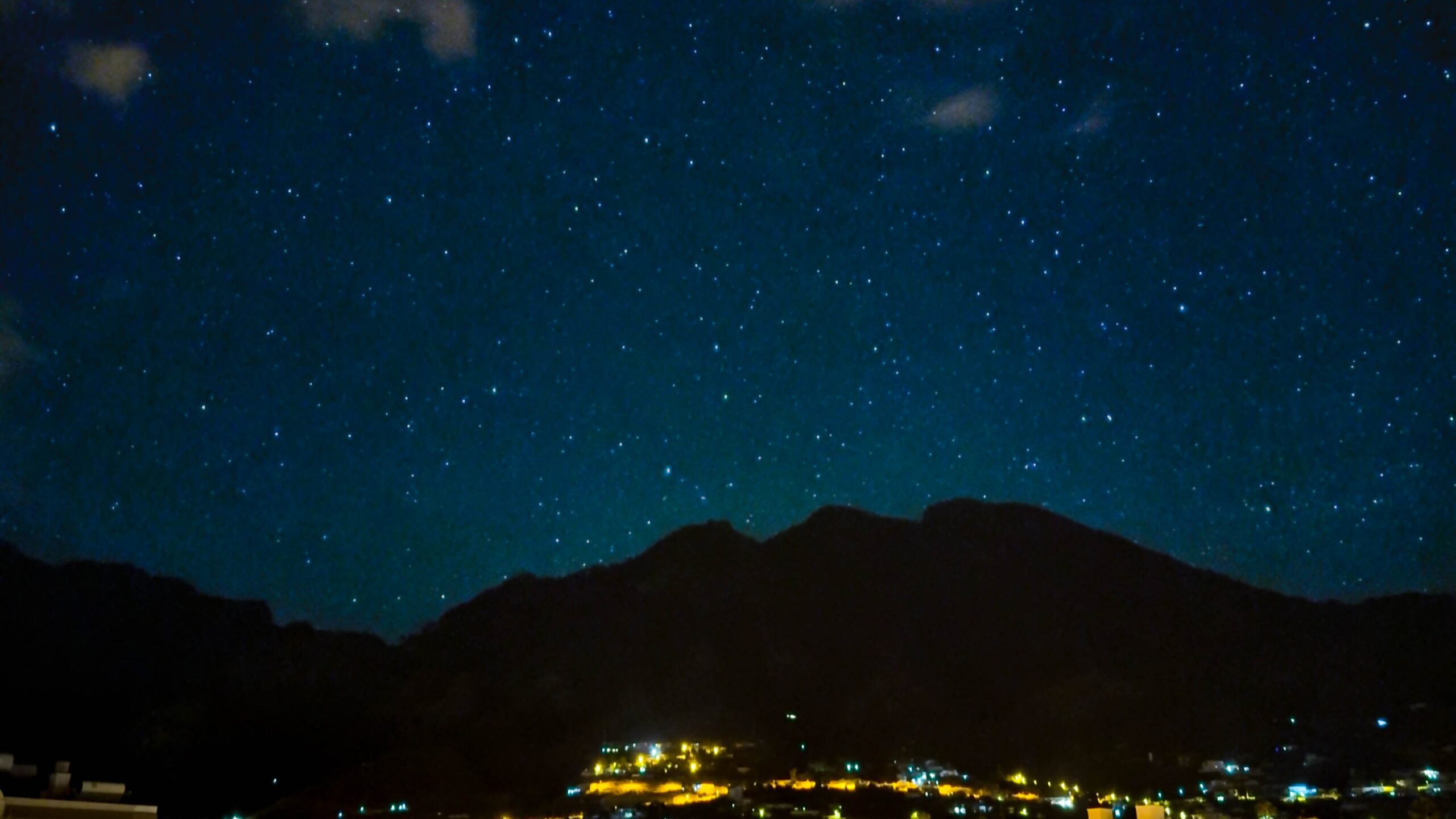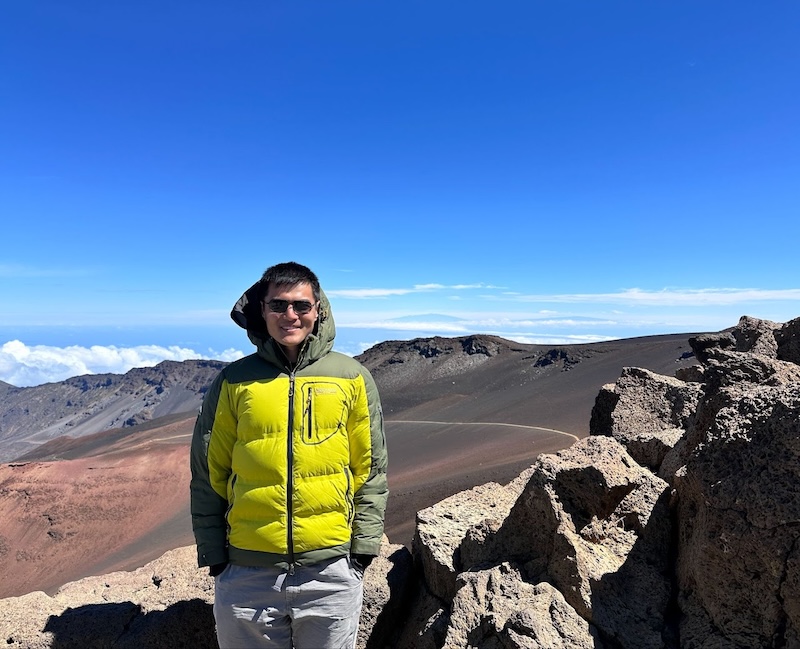Now Reading: Supermassive black hole roaming the darkness between stars
-
01
Supermassive black hole roaming the darkness between stars
Supermassive black hole roaming the darkness between stars


Science matters. Wonder matters. You matter. Join our 2025 Donation Campaign today.
Supermassive black hole roaming in the darkness
We know of supermassive black holes as the beasts that lie at the cores of galaxies. But NASA said on May 8, 2025, that scientists have found a wandering supermassive black hole, offset from the center of its galaxy. This supermassive black hole is about 1 million times the mass of our sun. Scientists spotted it when it ate a nearby star, ripping it to shreds and releasing a burst of energy in the process.
The scientists will publish their paper in an upcoming edition of The Astrophysical Journal Letters. A preprint of the paper is available on arXiv.
How did astronomers spot it?
Black holes are, by their nature, dark. So how did astronomers find this supermassive black hole from 600 million light-years away? It lit up with a burst of energy as it ate a nearby star in what astronomers call a tidal disruption event. Astronomers named this particular tidal disruption event AT2024tvd. So far, astronomers have spotted about 100 tidal disruption events, which signal the presence of supermassive black holes. But this is the first time they’ve spotted one that wasn’t at the center of its galaxy.
Lead author Yuhan Yao of the University of California at Berkeley said:
AT2024tvd is the first offset tidal disruption event captured by optical sky surveys, and it opens up the entire possibility of uncovering this elusive population of wandering black holes with future sky surveys. Right now, theorists haven’t given much attention to offset tidal disruption events. I think this discovery will motivate scientists to look for more examples of this type of event.

More than 1 supermassive black hole in a galaxy
This galaxy has another supermassive black hole, and this one is at the core of the galaxy, where we would expect it to be. The supermassive black hole at the galactic core has 100 million times the mass of our sun, making it much bigger than the newly discovered offset black hole. The two black holes are about 2,600 light-years apart.
So how did astronomers know the bright flare was from a supermassive black hole and not a supernova? The Zwicky Transient Facility in California saw the hot flare in its sky survey with broad emission lines of hydrogen, helium, carbon, nitrogen and silicon. As soon as researchers saw this, they requested observation time on NASA’s Chandra X-ray Observatory, the Very Large Array and the Hubble Space Telescope. These observations all pointed to a tidal disruption event from a supermassive black hole. Yao said:
Supernovae cool down after they peak, and their color becomes redder. Tidal disruption events remain hot for months or years and have consistently blue colors throughout their evolution.

How did the supermassive black hole get there?
There are a couple of theories for the origin of the offset supermassive black hole. One possibility is that the smaller black hole was at the center of the galaxy with the larger black hole, but interactions between them and a 3rd black hole kicked the smaller-mass object out. Yao said:
If the black hole went through a triple interaction with two other black holes in the galaxy’s core, it can still remain bound to the galaxy, orbiting around the central region.
Another possibility is that the supermassive black hole was once the core of another galaxy that merged with the present galaxy astronomers discovered it in. If so, this black hole may eventually fall toward the center of the galaxy and merge with the larger black hole.

Bottom line: For the first time, astronomers have discovered a supermassive black hole roaming in the darkness between stars, away from the center of a galaxy.
The post Supermassive black hole roaming the darkness between stars first appeared on EarthSky.
Stay Informed With the Latest & Most Important News
Previous Post
Next Post
-
 012024 in Review: Highlights from NASA in Silicon Valley
012024 in Review: Highlights from NASA in Silicon Valley -
 02Panasonic Leica Summilux DG 15mm f/1.7 ASPH review
02Panasonic Leica Summilux DG 15mm f/1.7 ASPH review -
 03How New NASA, India Earth Satellite NISAR Will See Earth
03How New NASA, India Earth Satellite NISAR Will See Earth -
 04And Thus Begins A New Year For Life On Earth
04And Thus Begins A New Year For Life On Earth -
 05Astronomy Activation Ambassadors: A New Era
05Astronomy Activation Ambassadors: A New Era -
06SpaceX launch surge helps set new global launch record in 2024
-
 07Space Force plans new ‘Futures Command’ amid pressure to speed up modernization
07Space Force plans new ‘Futures Command’ amid pressure to speed up modernization












